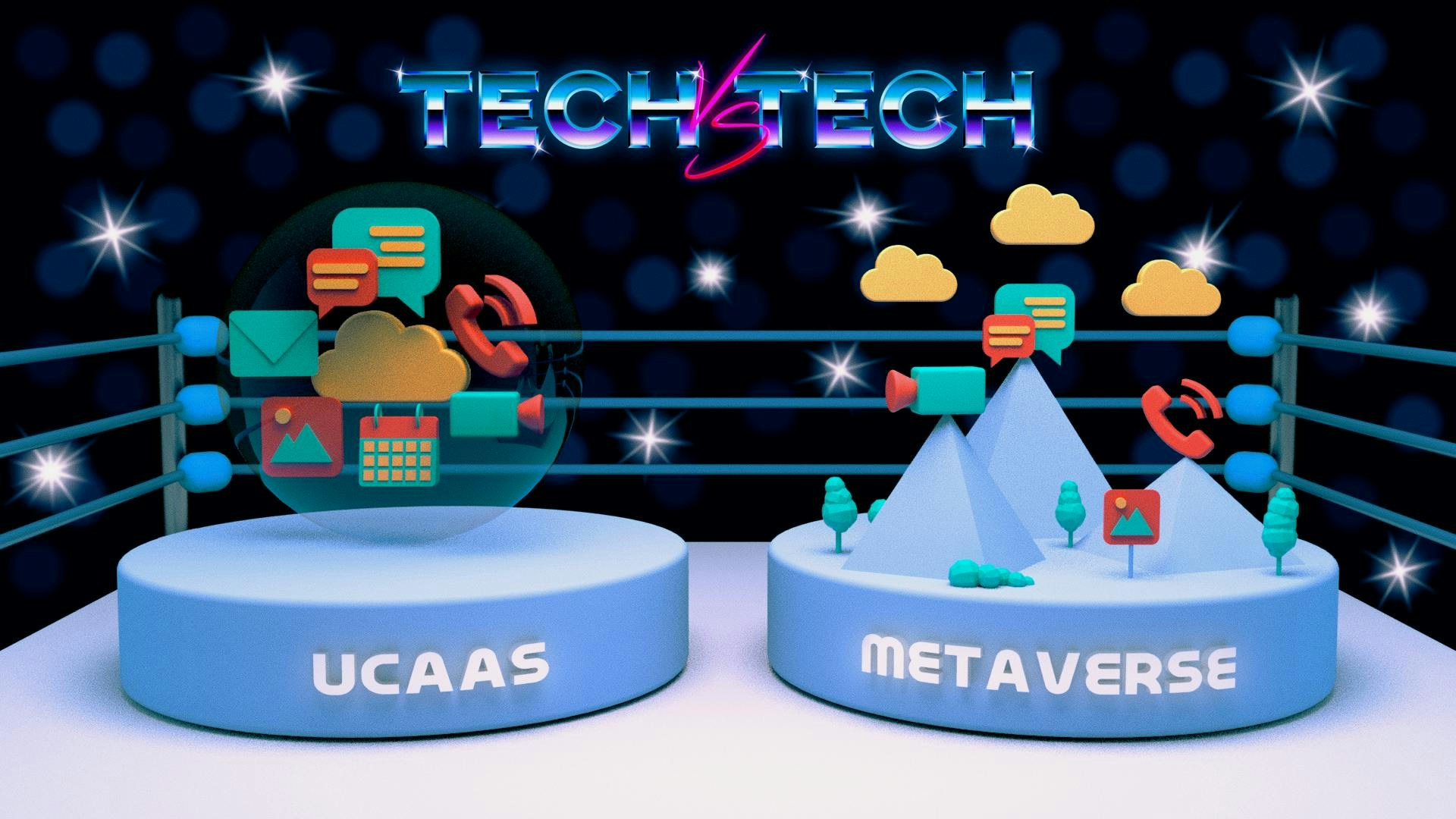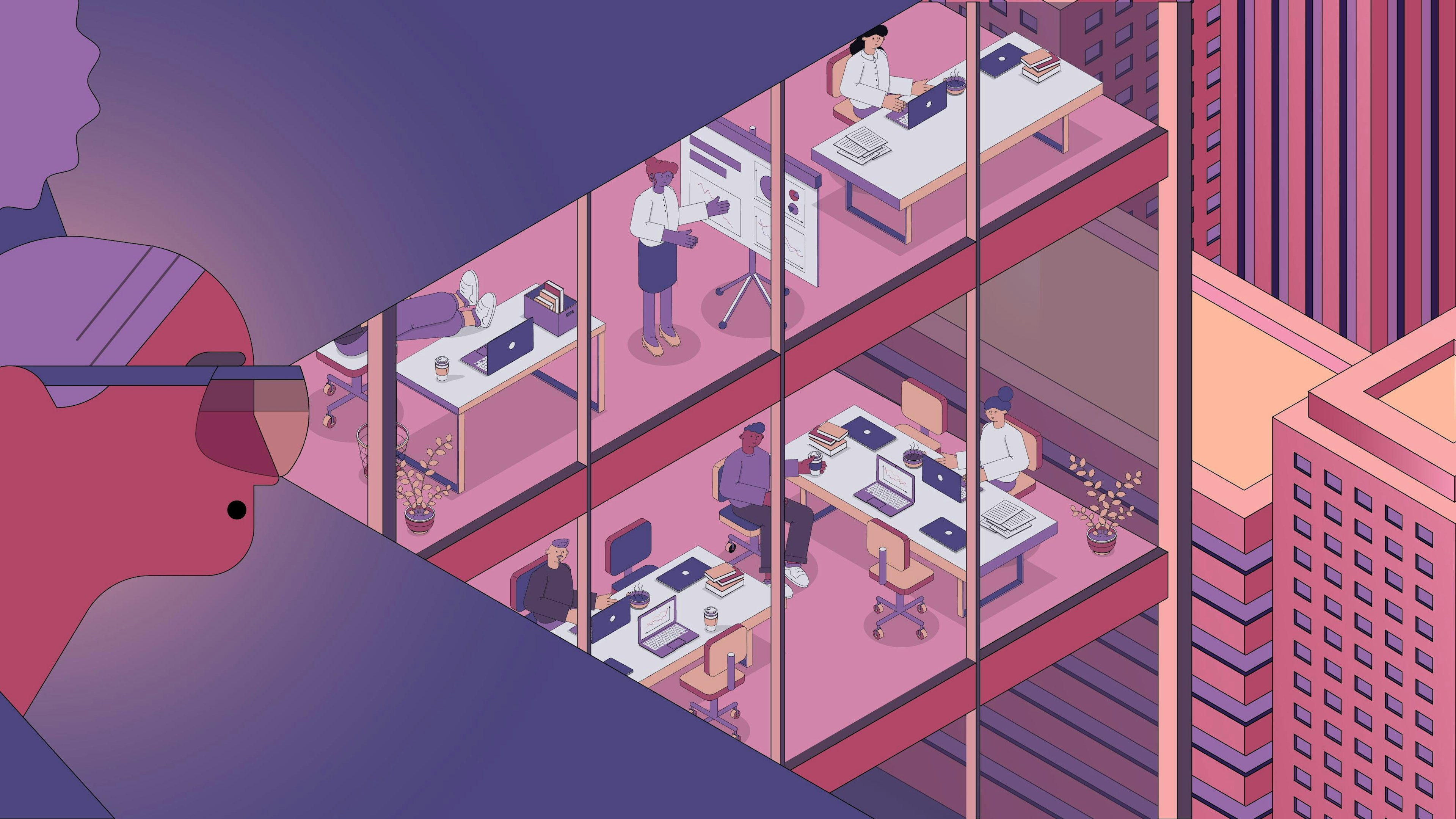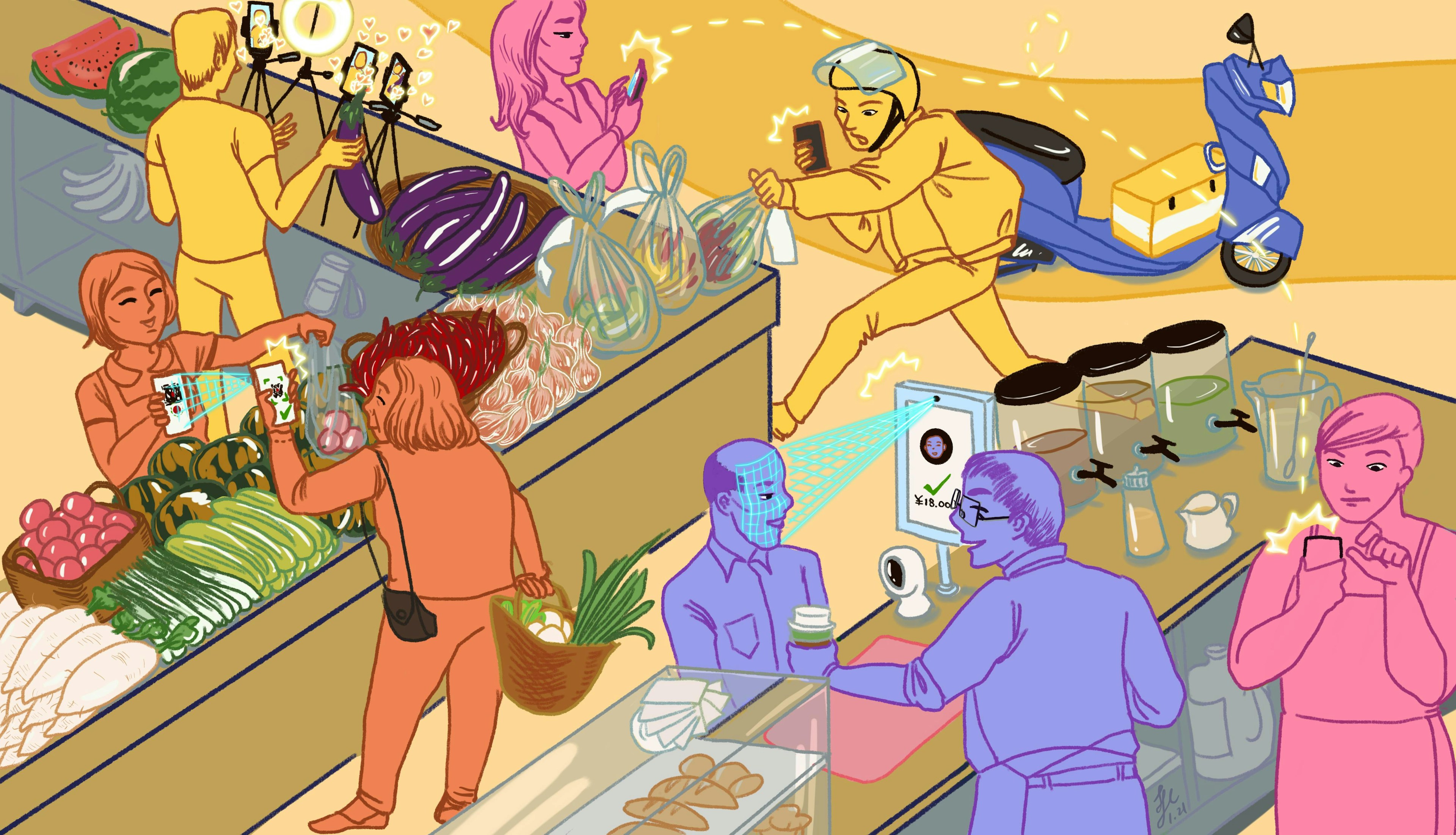Tech vs. Tech: Unified communications vs. the Metaverse

As an introvert, remote work during the pandemic has been more than a privilege; it’s been a blessing in disguise.
Besides predefined weekly meetings, my company let me decide how and when I wanted to interact with colleagues: Via Zoom(with or without my camera on), Slack, calls, comments in shared documents, or just plain emails: A constellation of apps that keep conversation flowing and make interactions less mentally taxing. (At least for me.)
But while those apps safeguarded my sanity for a year and half, they were other people’s worst nightmare, as demonstrated by the many new pathologies resulting from months working from home: Zoom fatigue, remote presenteeism, email burnout and other notification anxieties.
As we enter a hybrid workspace period, I began to wonder: Are these tools enough to foster virtual collaboration and provide a healthy remote work environment? Do they support both communication and boundaries for well-being? This week’s Tech vs. Tech is between the concept of unified communications, and the Metaverse.
The Technologies
You may not have heard about unified communications, but you’ve probably engaged in it, especially if you’ve worked in a corporate setting. It’s a suite of connected applications used to foster inter-organisational collaboration. These include video conferencing apps, instant messaging, broadband phone service, and collaborative virtual spaces. If all the apps you use come from the same virtual environment—like Google Workspace, Microsoft Teams, or Cisco Webex—it is called Unified Communications as a Service.
The Metaverse was a concept developed in the 1992 science fiction novel Snow Crash by American author Neal Stephenson. It was imagined as a 3D virtual world, where people could interact just like in real life—an extension of the internet, but in VR.
Today what we call Metaverse (or rather metaverses) is a multitude of shared virtual platforms, where users can interact as avatars as well as shop, consume media and entertainment, and generate content. Most such platforms are game-based—think Roblox, Fortnite, or Minecraft—or crypto-based, like Decentraland or Cryptovoxels. These distinct worlds are not yet capable of interoperability.
What’s the link between remote working and the Metaverse? Companies are increasingly interested in potentially using the latter as actual workplace environments.
Current uses
Unified Communications as a Service is a multi-billion dollar market that was the “private turf” of traditional players like Cisco, 8X8 or Ringcentral ... until the Covid-19 pandemic. Across industries, interest in UCaaS grew 86 percent last year, driven by the need for companies to offer collaborative tools that facilitate remote work. Competitors like Zoom and even Slack found their way to the top of analysts’ lists of top collaborative platforms. Zoom saw a 2900 percent rise in daily active users in December 2020 versus 2019, and a 317 percent revenue increase in the same period.
In contrast, metaverses have had a harder time ingratiating themselves to traditional business operations (though Mark Zuckerberg claims the future of work is VR). This is not for lack of trying! In the late 2000s, companies held meetings and team-building events inside the virtual world Second Life.

Could the future of workplaces be ... haptic?
And the winner is...
Probably a hybrid of the two.
UCaaS is still missing major components of team cohesion: The sense of presence and place that encourages relaxed, informal communications between employees. You might say it’s up to companies to design those atmospheres, even virtually, but studies have shown efforts like Zoom happy hour just don’t do the trick.
Since remote work is here to stay, UCaaS must find ways to create dedicated spaces for team-building, and design solutions for real issues like Zoom Fatigue. Microsoft, for instance, is integrating features like Headspace, to propose meditation time between meetings for users.
Metaverses must still convince companies that they are valuable beyond the realm of gaming. They, too, lack features critical to ideal work environments. These are directly linked to corporate processes: They don’t offer collaborative tools, presentation settings, screen-sharing, or secure spaces for information-sharing. They are also more demanding from a hardware and bandwidth perspective, which could widen the gap between those able to access them and those who cannot—a critical consideration when more people are working from home, and on personal computers.
This is the case, at least, with well-established virtual worlds and gaming platforms. Startups like GatherTown or Cosmos offer mini virtual world-like solutions for remote teams, including all the collaborative tools UCaaS offerings typically propose. But these are still behind in terms of immersive experience, which is among the most attractive features of a virtual world.
Perhaps the most advanced version of a shared metaverse-like work environment could be NVidia’s Omniverse. This so-called “Metaverse for Engineers” allows companies to design products and simulations in a shared 3D environment. Employees can work on it simultaneously and provide access to company-external users. Commentators believe these simulations can also allow avatars to roam inside them, removing the need for videoconferencing and UCaaS.
The (very near) future will tell.
Tech vs. Tech is a regular L’Atelier Insights feature that pits two up-and-coming technologies or trends against each other, using a single lynchpin… like “stable” securities ownership.
03 Sep 2021
-
Aurore Geraud
Illustrations by Debarpan Das.
DATA-DRIVEN TECH & SOCIAL TRENDS. DISCOVERED WEEKLY. DELIVERED TO YOUR INBOX.
02/03
Related Insights
03/03
L’Atelier is a data intelligence company based in Paris.
We use advanced machine learning and generative AI to identify emerging technologies and analyse their impact on countries, companies, and capital.


